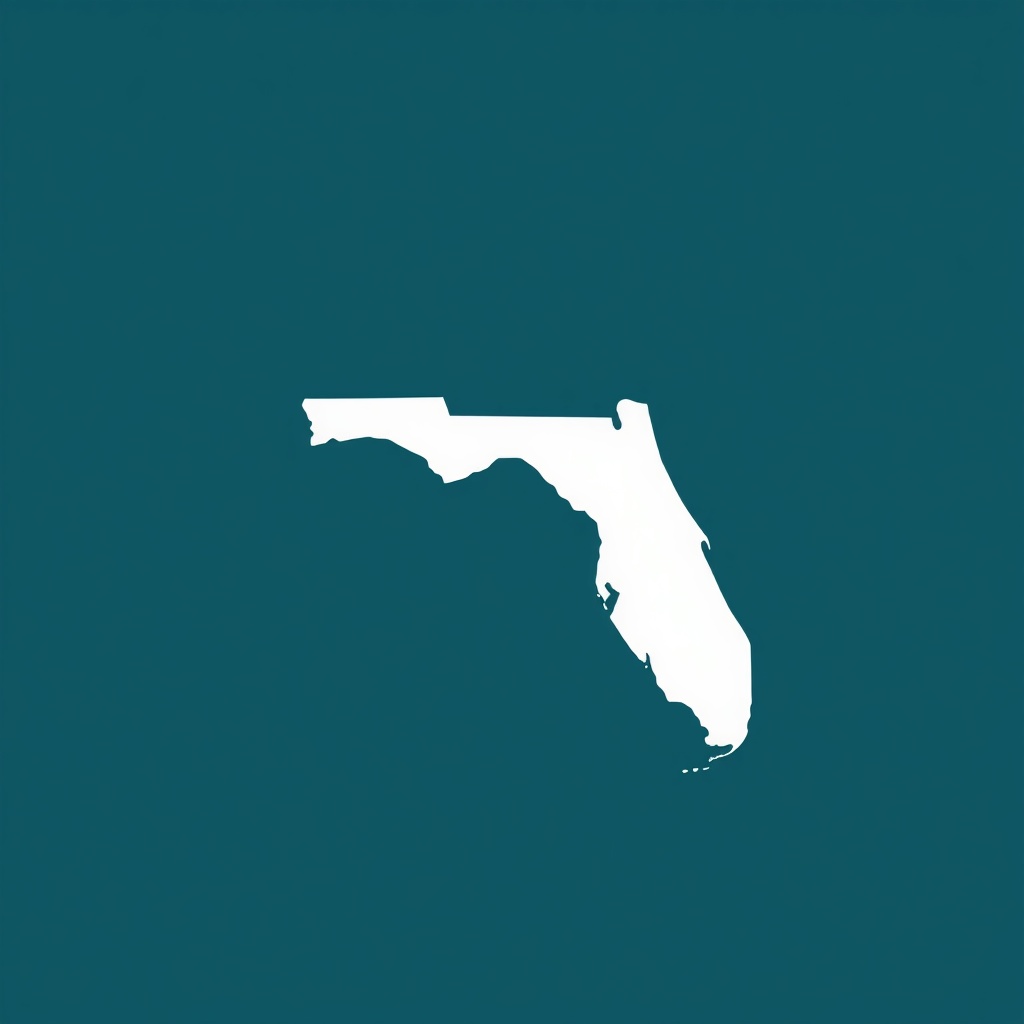Living on Florida’s coast brings sun, sand, and stunning waterways — and a responsibility to prepare for rising seas and stronger storms. Coastal resilience is about protecting property, preserving natural defenses, and keeping communities safe. Practical steps can reduce risk, save money, and help maintain the places Floridians love.
Assess your risk
Start with a realistic assessment of flood and storm risk for your address. Consult local flood maps and speak with municipal planners or emergency management offices to understand elevation, drainage, and evacuation routes.

Knowing the hazards informs smarter decisions about insurance, improvements, and daily habits.
Upgrade your home for water and wind
– Elevate critical systems: Raise HVAC units, water heaters, electrical panels, and circuit breakers above expected flood levels. Place utilities on platforms or move them to upper floors where possible.
– Seal and reinforce: Install flood vents in enclosed areas below elevated living spaces, use backflow valves on sewer lines, and add storm shutters or impact-resistant windows for wind protection.
– Roof and structure: Ensure roof attachments are secure, inspect trusses and straps, and replace aging shingles or tiles. Proper anchoring reduces wind damage and water intrusion.
– Landscaping for resilience: Use native, salt-tolerant plants and maintain healthy dunes and vegetation buffers. Replace impervious surfaces with permeable paving to improve drainage and reduce runoff.
Manage water intelligently
– Sump pumps and drainage: Install a battery- or generator-backed sump pump and keep gutters and downspouts clear. Consider rain gardens or bioswales to manage stormwater on-site.
– Hardening vs. living shorelines: Where permitted, favor living shorelines—mangroves, oyster reefs, and native marsh plantings—that absorb wave energy and support ecosystems.
Hard structures like seawalls can offer short-term protection but may worsen erosion elsewhere.
Insurance and documentation
Flood damage is often excluded from standard homeowner policies. Review flood insurance options, understand deductibles and coverage limits, and maintain an inventory of valuable possessions with photos and receipts. Keep critical documents in a waterproof, portable container and digitally backed up in secure cloud storage.
Prepare an actionable plan
– Emergency kit: Build a kit with at least several days’ worth of essentials—water, nonperishable food, medications, first-aid supplies, flashlights, and chargers. Rotate supplies regularly.
– Evacuation and communication: Know local evacuation zones and routes. Create a family communication plan and choose meeting points. Register for municipal alerts and follow official guidance during storms.
– Community readiness: Join or start neighborhood preparedness groups to coordinate resources, share tools, and check on vulnerable neighbors.
Support natural defenses and smart policy
Local sea-level resilience depends on collective action.
Advocate for preserving wetlands and mangroves, supporting dune restoration projects, and encouraging building codes that reflect current hazards.
Community investments in green infrastructure and updated drainage systems reduce risk for everyone.
Long-term outlook
Resilience is an ongoing process of assessment, maintenance, and adaptation. Small investments now — elevating utilities, improving drainage, and protecting natural buffers — pay off by reducing flood damage and preserving the coastal lifestyle. Start with a home risk review, secure essential insurance and supplies, and partner with neighbors and local officials to protect Florida’s coasts for the next generation.
